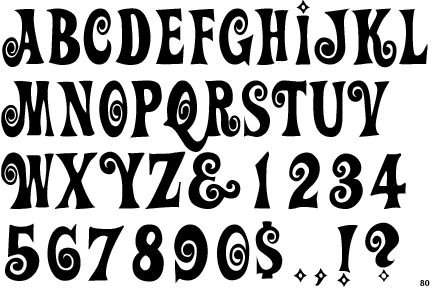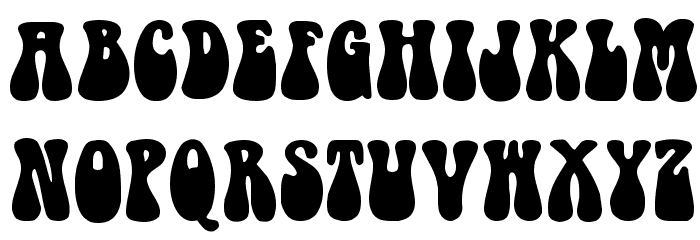


Why don’t I base typefaces on the history of minority cultures?” I love typography, and that’s the basis for every great design project. “That made me start wondering how can I increase diversity in design,” Seals says. He first decided to take on the project after reading an essay about the dearth of black people in design. The foundry’s work is not just historical for Seals, it’s also political. So far, Seals has developed three separate fonts using the letters in Du Bois’s data visualizations and is planning to create different weights for each variety. More broadly, the visualizations depicted how black people were being held back by institutionalized racism. They visualized data about black Americans’ economic and social progress since the end of slavery by documenting the numbers of teachers, increasing land ownership, and rural versus urban populations. Du Bois.ĭu Bois famously designed the infographics for the Paris World’s Fair of 1900. Now, Seals is working on a new typeface family inspired by the group of hand-drawn infographics by the black sociologist W.E.B. So far, he’s made fonts out of the iconic “I am a man” signs from the 1968 Memphis Sanitation Strike, signage from the 1963 March on Washington, and images from a 1957 protest in Buenos Aires where Argentinian woman demanded the right to vote, among many others. Graphic designer Tré Seals runs a font foundry called Vocal Type devoted to transforming the letterforms that can be seen in archival photos of protests into fonts that designers today can use.


 0 kommentar(er)
0 kommentar(er)
